The birthplace of Japanese denim has nearly 40 specialist shops to browse and gain an insight into the history and craftsmanship behind the worlds best jeans
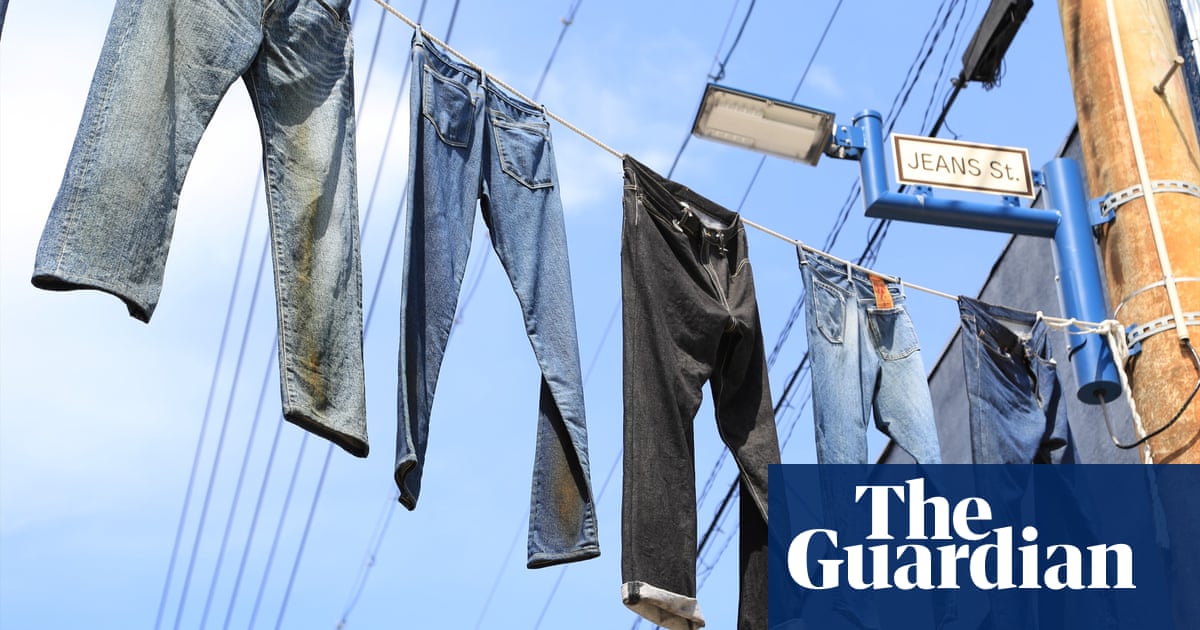
In a country where craftsmanship is so highly prized, its no surprise to learn that even a product as universal as jeans has been raised to an art form. Thanks to traditional production methods that create high-quality, long-lasting jeans, Japanese denim has iconic status among connoisseur denim heads, who are prepared to pay 250 or more for a pair.
Major Japanese brands, such as Momotoro, Pure Blue Japan and Studio dArtisan, all have stores in the big cities, but arguably the best and certainly the most interesting place to buy jeans in Japan is hundreds of kilometres away from Tokyo, Kyoto and Osaka, in a sleepy coastal district on the southern coast of Honshu, the biggest of the four main islands.
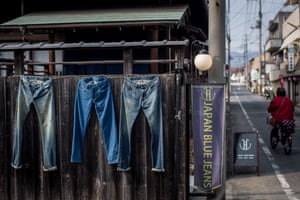
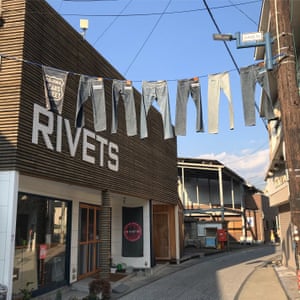

-
The 38 stores vary hugely in style.
An hours train ride south of Okayama city, Jeans Street in the port town of Kojima is a hub of 38 specialist denim shops. The street is actually four streets each strung with lines of jeans as if someone has just hung them out to dry. Shopping here couldnt be further from the big city experience of Japan there are no crowds, no neon lights, no department stores and no subcultures on display. I strolled near-empty streets, and browsed quiet shops where I was left in peace to look around.
More than just a retail experience, Jeans Street is a homage to denim, with the hard-wearing blue fabric referenced in everything from vending machines to drain covers and signs to public loos. Some stores are traditional in style, with sliding screen doors, tatami mats and tranquil gardens; others are tiny modern boutiques. Inside they sell not just beautifully made jeans but shirts, jackets, skirts, coats, aprons and wallets.
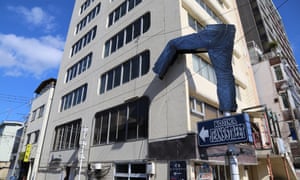
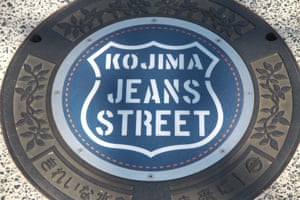
To understand why one of the countrys most intriguing shopping experiences is in a small, unassuming town in Okayama prefecture, you have to rewind a few decades to postwar Japan. One of the side-effects of the US occupation during the second world war was an obsession with Americana among Japanese youth, who embraced American pop culture and created a healthy black market in used Levis and Lee jeans.
In Kojima, textile factories that had for decades specialised in school uniforms and workwear saw a business opportunity. The first Japanese denim company chose the most American-sounding name it could come up with: Big John. And then it did the same for its womens brand: Betty Smith. Initially, Big John used denim fabric and sewing machines imported from the US, but in the 1970s it started to produce its own denim using old shuttle looms and traditional indigo-dyeing techniques and Japanese jeans were born.
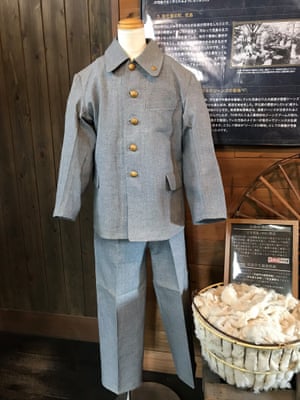
Big John is still going strong and, as the godfather of Japanese denim, is still a much-loved brand. The shop in Kojima is a vast emporium with jeans piled on tables, hanging on racks in multiple colours, stacked in huge boxes. Its walls are festooned with vintage posters and venerable pairs of jeans. I stood in a denim daze, overwhelmed by the variety on offer. The smaller boutiques, with their minimal clothes rails, were easier to navigate and more soothing. I loved Apple Do, a neat little store with beautifully made jeans, shirts and, most covetable of all, denim coats. I was welcomed by a smiling shop assistant who, dressed from head to toe in denim, was the epitome of Japanese style. I wanted everything in the shop, but resisted, knowing I could never pull off the double or triple denim look.

I was in danger of trailing in and out of most of the 38 shops and leaving empty-handed. So I determined to get a pair of jeans in the next shop I saw: Momotaro. The name translates as Peach Boy, a character in an Okayama folk tale. I took about 10 pairs into the tiny changing room, refusing to leave until I had chosen at least one pair. They are without doubt the best jeans in my wardrobe made of durable raw denim that will take months to soften.
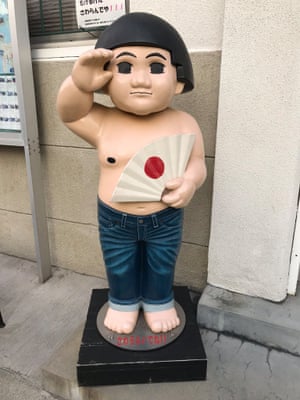
A more decisive shopper than me could come away from Jeans Street laden with an array of wardrobe staples that would last a lifetime, but wandering the streets is just as much fun as riffling through racks of garments.
A short walk away is Cafe Wagen, opened in 1969 around the time the first jeans were being made in Japan by Shoichi Katayama (pictured below), who still presides over the barely changed establishment today. The cafe may serve burgers and steak alongside yakisoba (stir-fried noodles), but Wagen has a distinctly Japanese feel, calmly serving lunch to local workers just as it has for 50 years. Katayamas other great love is vintage cars every year he organises the Kojima car rally, with sponsorship from the two original brands: Big John and Betty Smith.

Nearby is the Betty Smith museum, another spot that reflects denims dual heritage: the building looks like a general store from the American west but is made from blackened timbers charring wood is a centuries-old Japanese technique for preserving it. Inside, the museum charts the history of denim, from workwear to cutting-edge brands, with some of the first pairs of Big John and Betty Smith jeans on display. You can order a pair of bespoke jeans, customising them from an array of thread colours and rivet designs.
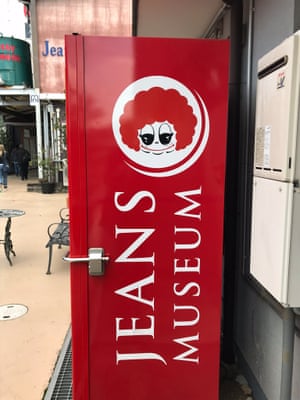
The adjoining Betty Smith shop has yet more desirable items, from denim skirts to branded T-shirts, aprons, and of course jeans. I wish Id bought a suitcase worth of denim, but its worth a trip even if you have no plans to spend your yen on clothes. Jeans Street is about more than just shopping: it gives as much of an insight into craftsmanship and heritage as some of the countrys more famous attractions.
Read more: https://www.theguardian.com/travel/2019/sep/24/jean-genius-how-kojima-became-japans-denim-mecca


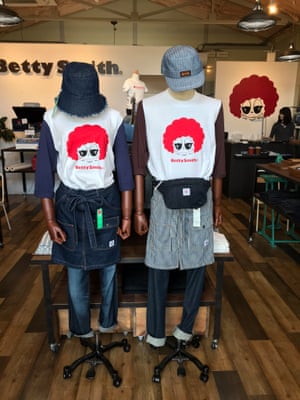
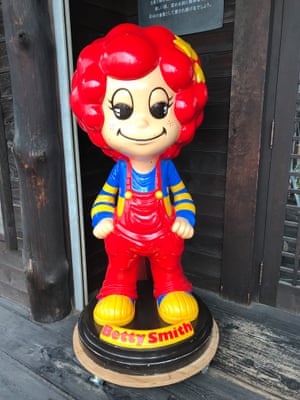
Recent Comments